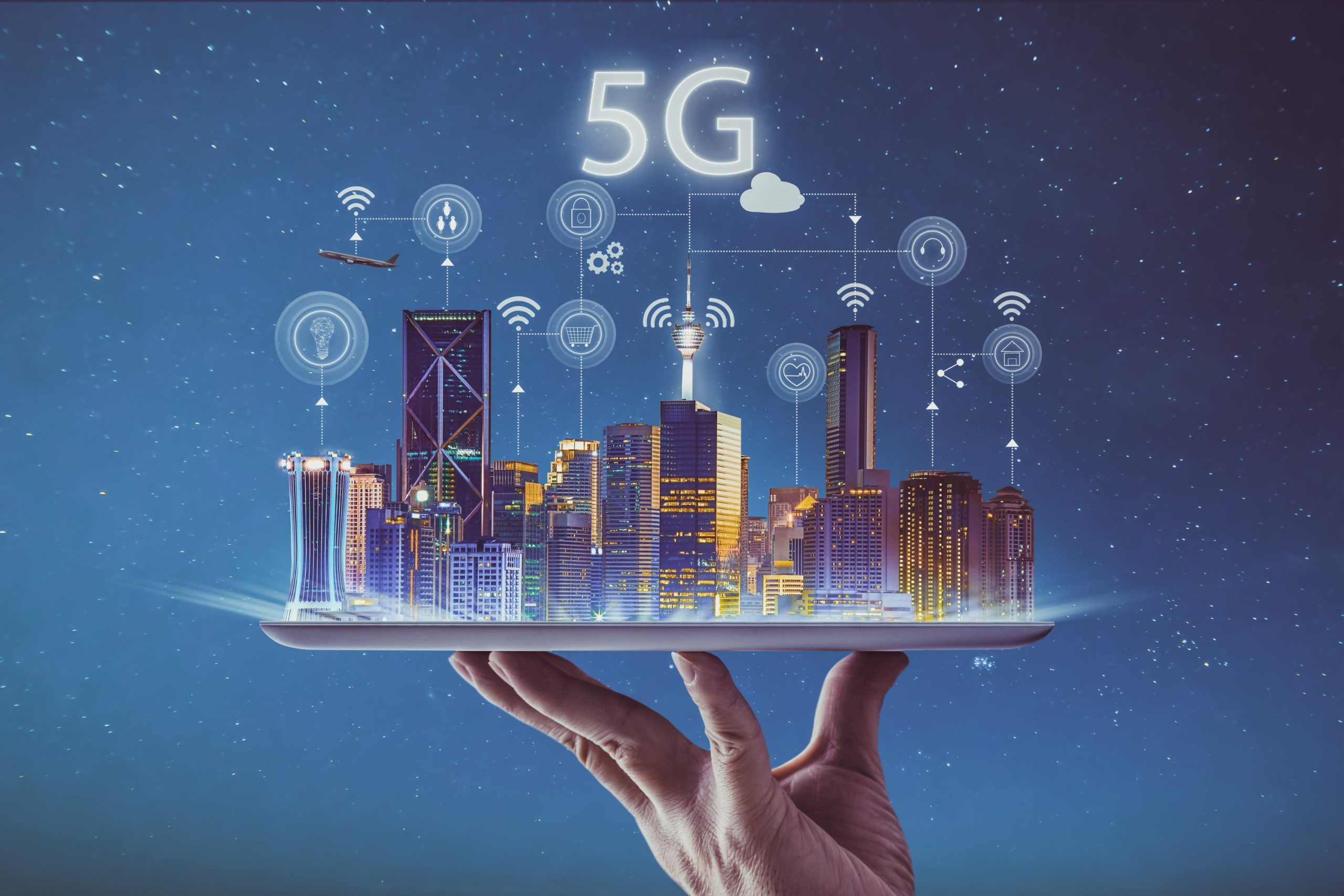Always, each new technology had to be better than the previous one. In other words, faster, more powerful, more stable, more secure… And in recent years, there is an aspect that has become increasingly important: energy efficiency. The latest generation mobile networks must not only be fast, stable, or offer more coverage. The power consumption of 5G networks should be lower than in previous networks.
This aspect is precisely one of the pillars on which 5G networks are based. The power consumption of 5G is lower. In a context in which electricity must be obtained from renewable sources and/or consumption must decrease or moderate. At the same time, mobile networks are going to spread throughout the planet and are even beginning to be used in maritime areas as well.
So the challenge is enormous. How can the power consumption of 5G be less, today and in the coming years, in a context in which there are more antennas, more servers, and more devices connected to the network? What characteristics do 5G networks have to achieve that energy efficiency that is so demanded today?
5G power consumption: intelligent and automated
One of the keys that make it possible to reduce energy consumption in 5G mobile networks has to do precisely with the use that these networks make of electricity. “5G networks are capable of minimizing transmission power , which makes it possible to optimize the levels of electromagnetic fields and guarantees the minimum use of energy by devices adapted to this technology to complete satisfactory communication, reaching up to 90%. in saving energy ”.
In other words, 5G technology allows you to reduce the amount of energy by using only what is essential at all times . And consumption is reduced to the maximum when we combine 5G antennas and servers with 5G connected devices. This is also helped by Massive MIMO, mMIMO or massive MIMO antennas. Already installed in many points of the mobile network. And that they can send and receive data with less power . MIMO technology already existed in 4G mobile networks and WiFi 4 connections. But this new version sends the signal in a more optimal way. Reaching further or more points at the same time. And with the same electrical consumption.
It’s more. 5G technology itself helps reduce energy consumption by offering real-time data on that consumption throughout the network through sensors and specific devices. With this, it is possible to monitor the performance of the entire network and thus adapt to demand peaks. And, ultimately, to provide a better service with the same or fewer resources. And, in the medium term, reduce the impact on the environment despite the fact that mobile networks are spreading to more and more areas.
Sleep mode, artificial intelligence and 5G
The transition of the current mobile network from 4G to 5G is incorporating new equipment with superior efficiency characteristics . In addition to the automation of processes or the use of more efficient and intelligent before, there are other aspects that reduce energy consumption in 5G networks.
In this sense, it is possible to disconnect some components of the 5G network through sleep modes , which we could literally translate as sleep mode. Telefónica has been using this type of technology since last year thanks to its collaboration with Ericsson. With the Radio Deep Sleep Mode functionality , it is possible to optimize power consumption in 5G networks between 8 and 26%.
This particular functionality combines artificial intelligence and machine learning on the one hand, software and hardware on the other, and makes it possible to turn off certain electronic components when they are not needed. Thus, in specific moments of low demand, it is not necessary for the entire 5G network to be activated . Only those elements necessary for the network to satisfy the demand of the moment.
In short, the implementation of 5G networks and the replacement of old components will reduce energy consumption. Without affecting the mobile network, which will continue to be faster, with greater coverage and present in areas such as health, smart cities or virtual reality.
